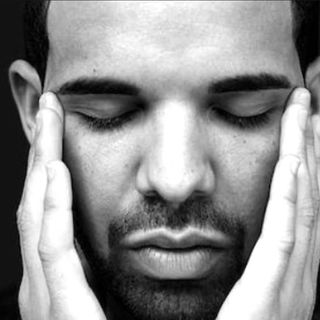Sexual orientation is not always about who you are or aren’t attracted to; it’s also about if you are attracted at all, whether you feel or show attraction in the same ways as others, and how you love when you do. Pansexuality, perhaps, one of the less-talked-about queer identities, and is inherently different from lesbian, gay, bisexual, trans, asexual identities in the way of attraction and love. Pansexuals don’t consider the gender or genitals of people while making the decision to be with them; instead, they fall for the overall picture of the person — how they look, how they behave, how they think.
“My attraction spans the entire spectrum and my brain just does not divide people up into categories,” Lana Peswani, a pan-identifying LGBTQIA+ activist, writes for Cosmopolitan.
The other sexual identities have a gender preference in those they are attracted to; for instance, bisexuals could be attracted to people expressing more than one gender, be it male, female, trans or non-binary.
Pansexuality, when considered in these terms, is often conflated with bisexuality, and many pan-identifying people might even have similar preferences as bisexual people — but the way in which they view a potential partner is inherently different from bisexuals, or anybody else.
Just because pansexuals are not attracted to people on the basis of their gender or biological sex doesn’t mean they *only* fall for personality. Pansexuals could very well be superficial and fall for someone’s looks — but whether someone’s physical appearance follows gender norms or not would simply not matter to them.
In a survey of 2,200 non-heterosexual individuals, researchers attempted to find out who identifies as pansexual. They found those self-identifying as pansexual were younger than those identifying as lesbian, gay, and bisexual, and those identifying as queer and pansexual “were more likely to be noncisgender than cisgender, and more likely to be cisgender women than men.”
Furthermore, “the majority of pansexual individuals demonstrated sexual orientation indices within the bisexual range, and showed equivalent patterns of sexual attraction, romantic attraction, sexual behavior, and partner gender as bisexual-identified men and women,” researchers found. “In contrast, three-quarters of queer men, and more than half of queer women, reported sexual attraction in the homosexual range.” This shows that observing a pansexual person or their relationships might very easily look like they’re bisexual or homosexual, and their interactions could very well reflect that — but the process by which they go about making that decision is inherently different.
Related on The Swaddle:
Asexuality is a Sexual Orientation, Not a Disorder
“Pansexual people do not desire everybody, they just don’t rule a person out because of gender. But that’s not the only possible definition!” Dr. Carol Queen, a pan-identifying sexologist, told Teen Vogue. “I would say that there is no exact definition of this term and that people who identify as pansexual might want to be ready to clarify their own specific ‘take’ on this identity to people who are confused about its implications. Just stating your sexual orientation does not tell others what you’re down to do. It basically just says what gender/s of people you would like to do sexual things with… not the specifics of those sexual things.”
As gender is not a limitation or consideration for pansexuals, it is often (incorrectly) believed that pansexuals will sleep with anyone. This is inherently faulty logic, as saying a heterosexual man or woman will sleep with all heterosexual men and women.
In LGBTQIA+, pansexuality falls under the “Q” or the “+,” and it’s completely valid.




